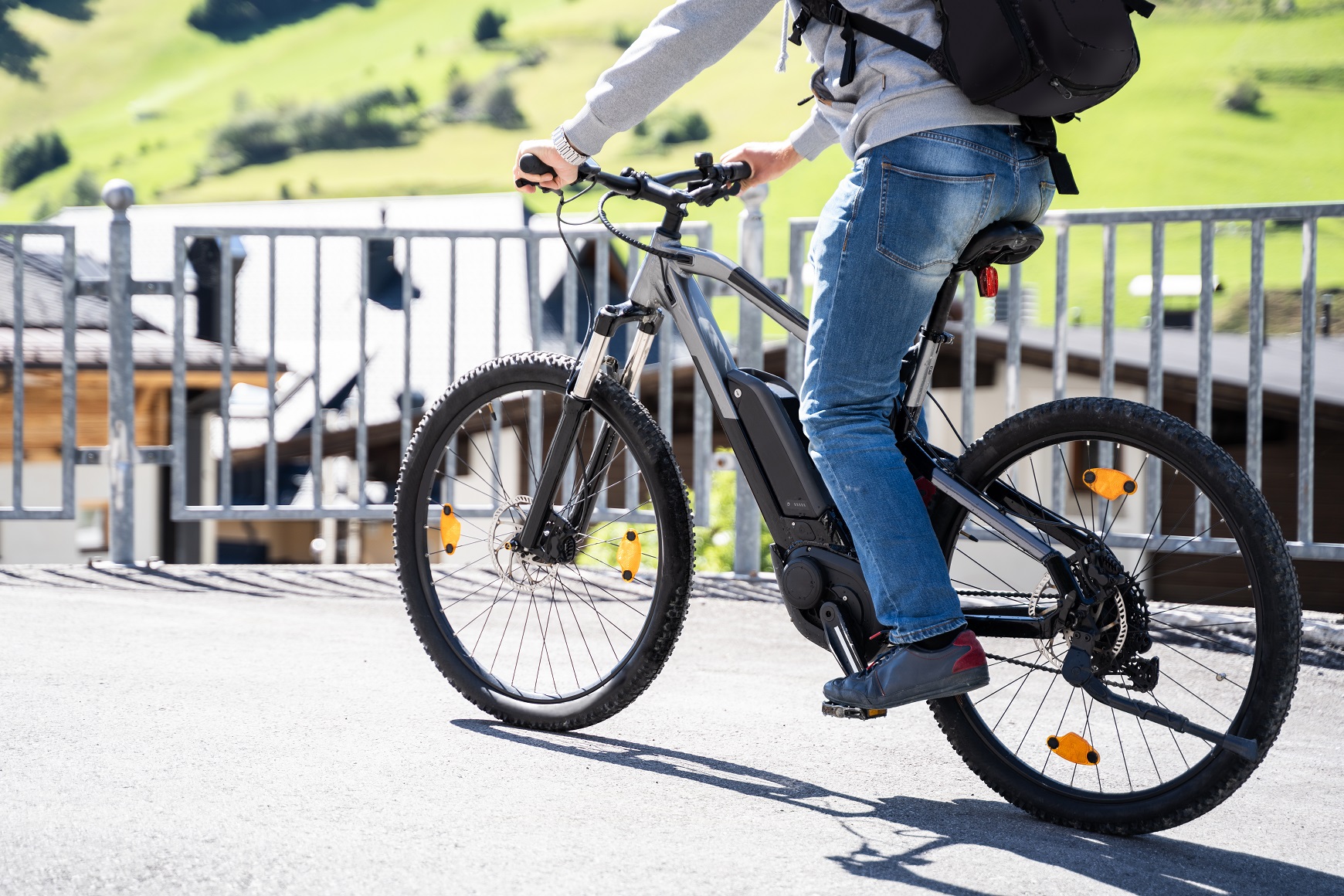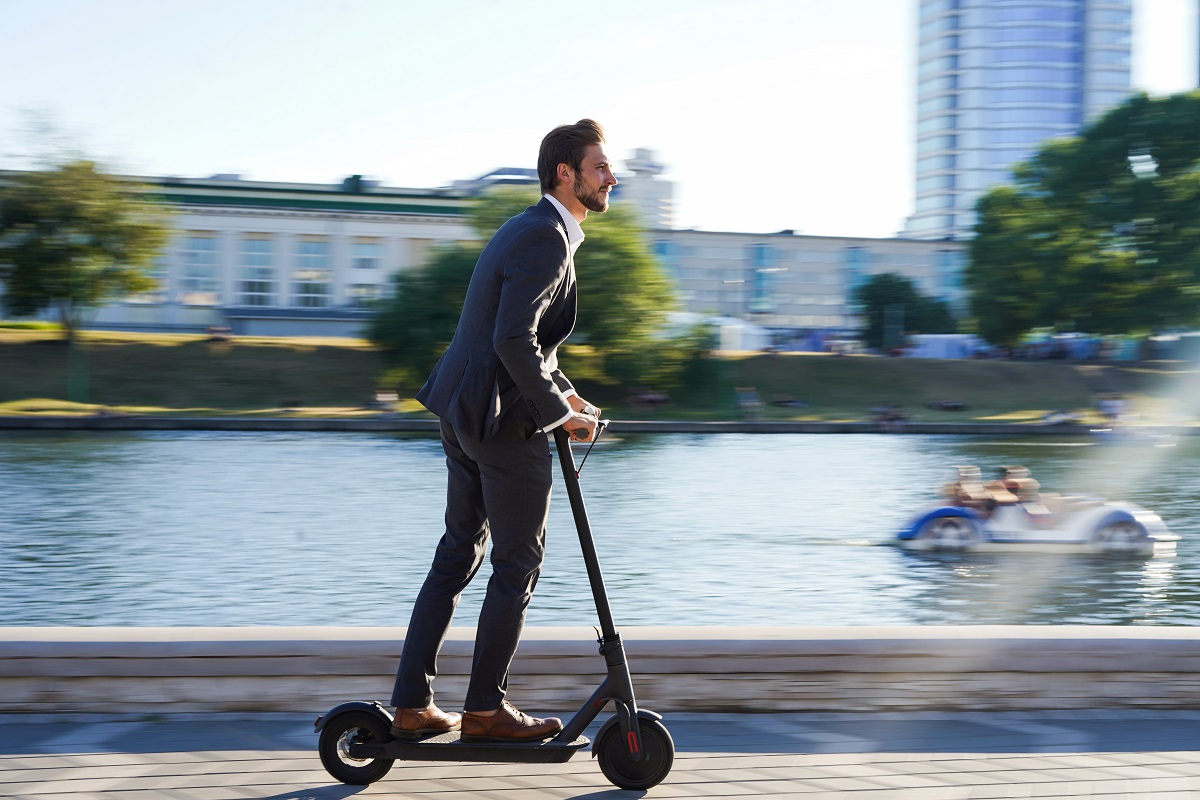
Micromobility is emerging as a new mode of transport as technology continues to evolve. It is time to gain more understanding of it and learn how it can influence urban living.
What is micromobility?
According to Horace Dediu, micromobility can be simply defined as minimal conveyance. He further explained that the minimalism is based on weight and proposed a limit for micromobility as less than 5 times its expected human payload, which is 500kg. So, we can say that micromobility is used to describe small and lightweight vehicles under 500kg, like e-scooters and e-bikes. Typically, this type of vehicles travel much slower than automobiles and are used to cover short distance trips.
In the US, micromobility is an option of transportation in cities like Los Angeles, Seattle, New York, Portland and San Francisco. An example of use is commuters renting shared e-bikes or e-scooters after getting off from public transport, and then dropping off the vehicles outside their office buildings.
Different types of micromobility vehicles
A couple of different types of micromobility vehicles are available now and most of them will remind you of their traditional counterparts.
1.E-scooters
One cannot talk about micromobility without mentioning e-scooters, which are very popular around the globe now. In 2020, the global e-scooters market size was valued at USD 18.5 billion. This device is equipped with a foot deck, two wheels, and handlebars that are used to control speed and direction. It has a maximum speed around 15-20 mph. E-scooters are introduced to urban cities in the world through scooter sharing systems. This scooter rental system allows riders to find nearby e-scooters through a smartphone app and pay online according to usage time. Usually e-scooters are dockless, meaning they can be parked anywhere after use.

2.E-bikes
Electric bikes are more bulky than traditional bicycles because they come with essential electrical components like battery, controller and motor. Accessory components like displays, pedal sensor and throttles also add to the weight.
E-bikes operate in pedal assist and throttle mode. Pedal-assist gives you more control as it gives power only when you begin to pedal, and the level of assistance can be adjusted from time to time. Throttle mode works like a motorcycle or e-scooter, which can move the bike forward without the need of pedaling. Although e-bikes can have a maximum speed of 30 mph, some of them are limited to 20 mph in order to be used in urban environment so they are allowed to travel on designated bike lanes.
3.E-skateboards
Just like e-bikes and e-scooters, e-skateboards are equipped with battery and electric motor and heavier than their traditional version. They can travel at speeds around 15-35mph. Being more compact and portable, e-skateboards are much easier to be carried around than e-bikes and e-scooters.
The benefits of micromobility
As a new mode of transportation, micromobility is still facing many challenges like safety, connectivity, theft and maintenance. However, the following benefits explain why micomobility is gaining popularity around the world in a rapid way.

1.Affordable mobility
Micromobility vehicles are very affordable. Because of smaller size, they have lower production and fuel costs. Also, they don’t need major maintenance and parking spaces like traditional or electric cars. Shared e-scooters and e-bikes provide a cheaper way to commute with micromobility, which can serve as an affordable alternative to public/private transport for short-distance travel.
2.Reducing pollution
Micromobility is a greener way to commute as they don’t use fossil fuels and so won’t produce greenhouse gases. It is a good way to reduce air pollution in cities because according to European Commission, Joint Research Centre, the biggest source of urban air pollution is traffic. (Source: https://ec.europa.eu/jrc/en/news/what-are-main-sources-urban-air-pollution) Policy makers can integrate micromobility into the urban transportation system and make it a part of the commute, thus encouraging more people to use micromobility vehicles.

3.Solving traffic congestion
Road congestion is very common in every urban city. It seems to be an impossible mission to solve rush-hour traffic no matter how much public transport service is provided. Micromobility may be a solution to that as it helps to reduce the numbers of cars on the road by encouraging people to commute with micromobility devices, especially for short trips.


